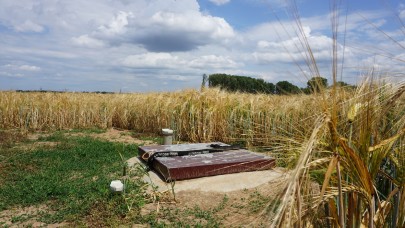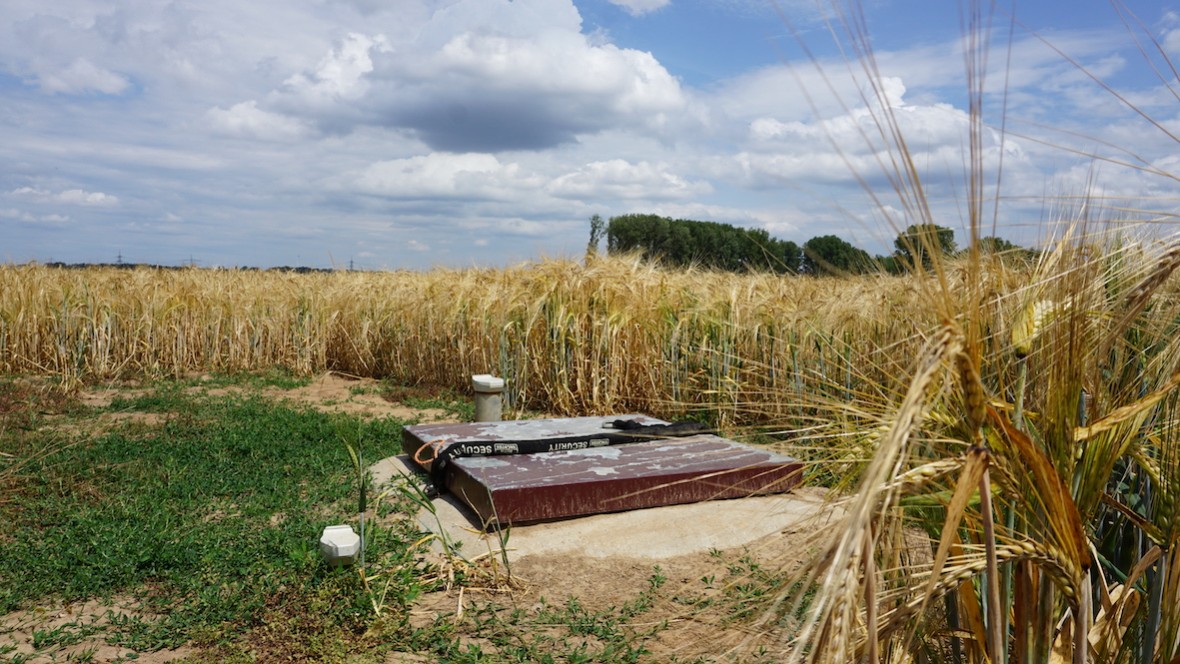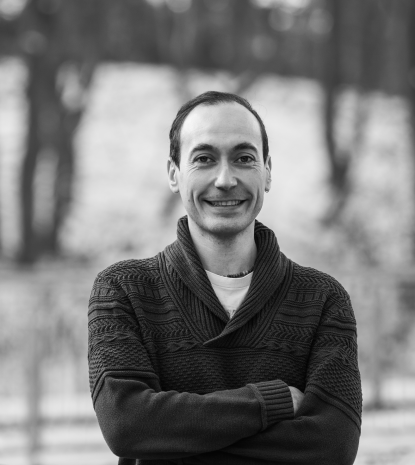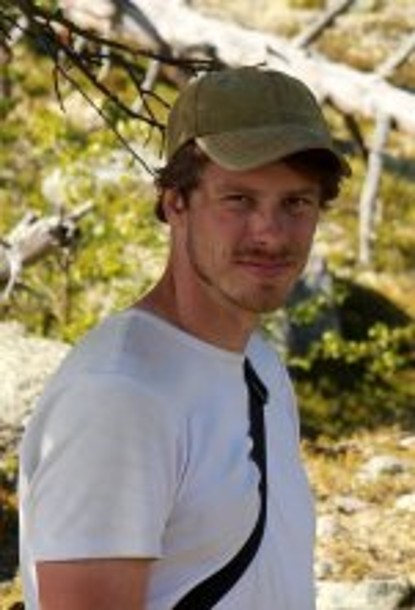Elevated nitrate concentrations in aquatic ecosystems can lead to environmental problems and health risks. Therefore, the European Union decided to monitor and control nitrate concentrations in water bodies. Germany is one of the EU countries with the highest number of groundwater monitoring sites that exceed the quality standard of 50 mg/l.
The primary path of nitrate input into groundwater is the application of nitrogen fertilizers in agriculture. In general, fertilization is an important and necessary instrument for increasing yields and maintaining soil fertility. Nevertheless, on average, more nitrogen is applied than the plants can uptake. As a result, significant amounts of nitrate are released into the aquifers, even to those ones used for drinking water supply. This constitutes a serious problem, considering that in Germany more than 60% of the water supply is obtained from this groundwater. Fortunately, the nitrate surplus often not reaches deeper groundwater, since nitrate is degrated in the soil and in the upper groundwater zones. Denitrification, i.e. the conversion of nitrate to various metabolites and finally to elemental nitrogen, only occurs under anaerobic conditions. Here, either organic carbon, that can be continuously replenished by decomposing biomass (heterotrophic denitrification) or iron sulfides compounds (autolithotrophic denitrification) serve as electron donors. However, iron sulfide compounds are usually not present in large quantities and are not replenished. This means that this degradation potential must be regarded as a finite resource. Studies in the Hessian Ried have already documented a significant decrease of this degradation potential. Since the nitrate degradation capacity of groundwater is a finite resource, sustainable agriculture is only possible through an adequate fertilizer balance. Ensuring this without the risk of yield losses due to a lack of nutrient supply is very challenging and requires a precise, site-specific understanding of nitrate dynamics.
In order to better investigate this, we have set up a monitoring station at a reference site in Hessian Ried. This station is equipped with sensors and sampling equipment to provide data for model-supported analysis of the hydraulics and hydrochemistry of the unsaturated zone and the upper part of the saturated zone.
Country, Continent: Germany
Funding agency: TU Darmstadt, HLNUG
Years of activity: 2018 -…
Responsible persons: Juan Carlos Richard Cerda, Stephan Schulz







